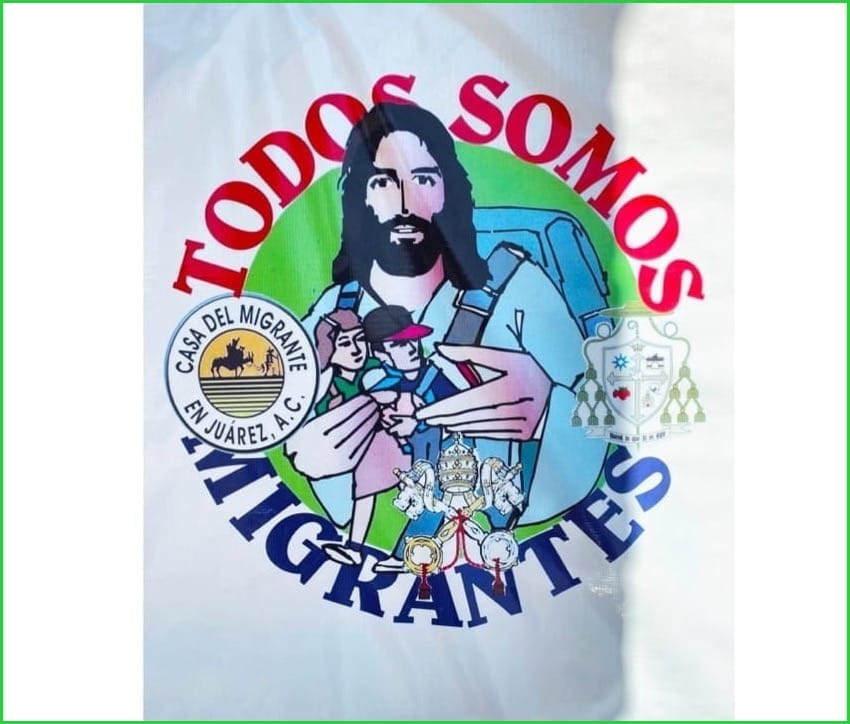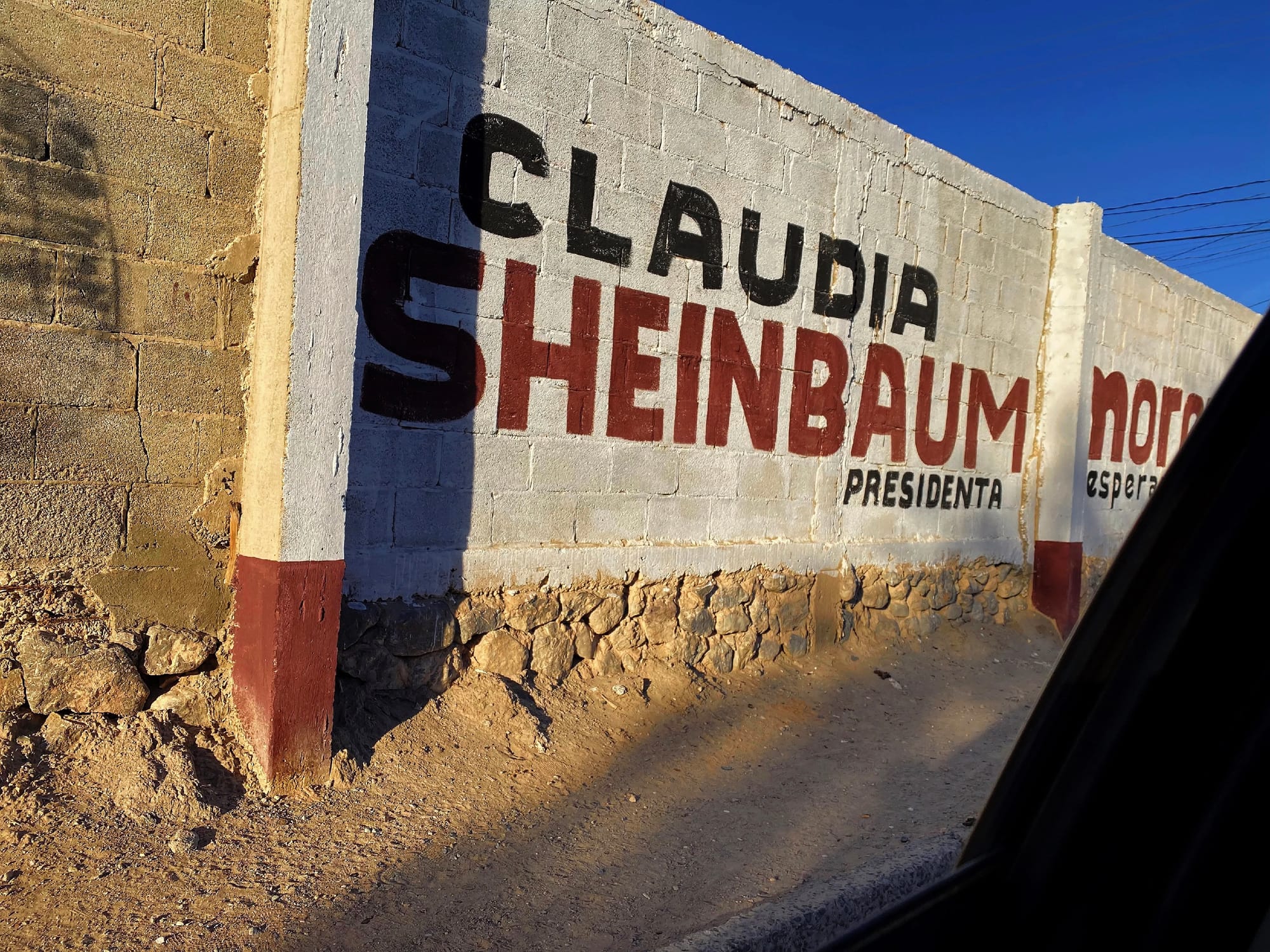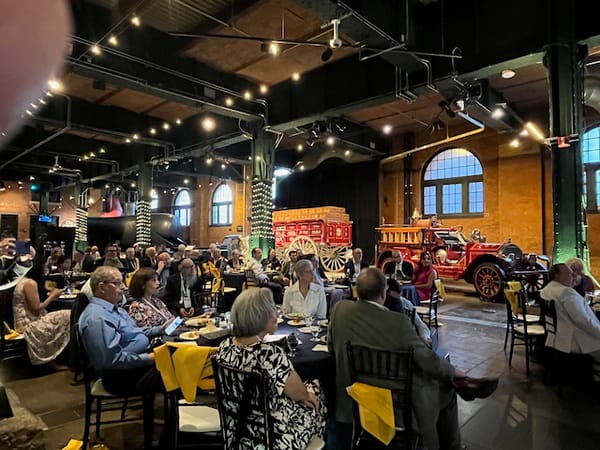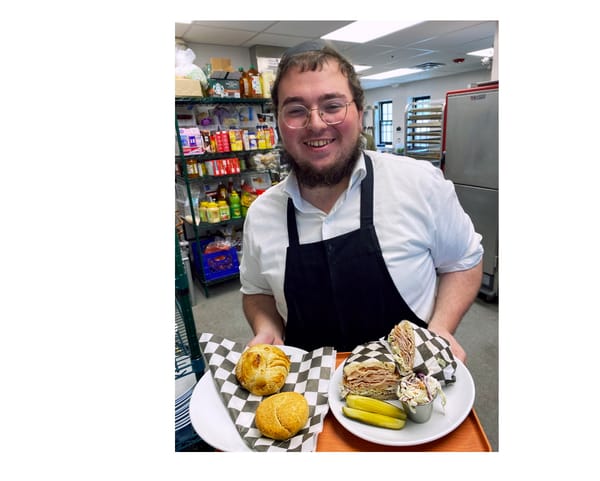Latino Immigrants Today, Jewish Immigrants Back Then by Judith Fein

By Judith Fein
Photographs by Paul Ross
It started a few weeks ago in Santa Fe. The passport line snaked out the door of the post office and almost everyone on it was Latino or Hispanic and was accompanied by children. The people didn’t necessarily know each other but they had one thing in common: concern that the right for children born in the USA to be American citizens was in danger of being stripped away. What if the parents who had lived here and worked here for many years or even decades were deported or had to leave urgently to avoid deportation? They had no idea what the future held and urgently needed passports for their children who were born here so they would be considered citizens.
I have been obsessed with the plight of immigrants all my life and it is only for the past few years that I have begun to understand why.
Growing up in New York City, leading a middle-class life, being part of the cool kids at school, I was fascinated by someone decidedly uncool by most standards—my grandmother.
She spoke Yiddish, which she pronounced Eedish, and had a strong accent when she spoke English laced with Yiddish words like kenna hora, mammeleh, and gott zu danken. But she was an immigrant. She was born somewhere else and conditions were so bad she never talked about it.
She sailed into Ellis Island in steerage class when she was a teen. She went to night school, married another immigrant, and had two children. She lived in Brooklyn surrounded by other immigrants and they were never really part of mainstream American culture. They spoke their own language, ate their kosher food, kept kosher homes, went to synagogue, married their own kind, and the ones I knew never had much money. They were very family oriented. When I told my grandmother I thought she was brave to leave behind everything she knew to cross the ocean in steerage, all she could say was she escaped a life that was “feh.” They were excited about coming to America.
I longed to know more details about her life in what is now Ukraine and her coming to America but she kept the past under emotional lock and key. When I heard about the refugee crisis at our southern border, I was appalled by the way migrants and immigrants were depicted in some media and in conversations I overheard. They were called “wetbacks,” described as the poor who were coming to take advantage of our social services, and branded as uneducated and criminals. It was similar to the way Eastern European Jews had been described.
When millions of our ancestors poured into Ellis Island and the East Coast from the late 1800’s to the early 1900’s, there was so much resentment, prejudice, and overwhelm that they started sending them to Galveston, Texas instead. From there, they were shipped out to communities that were mostly in the western half of the U.S. They settled down in Texas, California, Washington state, North Dakota, Kansas City, and other cities where their descendants still live today.
Back in Galveston, immigration officials and public opinion turned against the Jewish immigrants. When World War I broke out, it largely brought an end to Galveston immigration, but the prejudice against newcomers of certain races, ethnicities, and nationalities continued. Jews from Eastern Europe were among them. The Immigration Act of 1924 established quotas and enforced the ideal of a population that was homogeneous, and not willing to have their ethnicity diluted by undesirable foreigners. The same mentality persists today.
When I visited El Paso, Texas, about five years ago, I crossed the border to Juárez, Mexico. When I arrived, at Parque el Chamizal, close to the US immigration station, I was disturbed by what I saw. About 800 migrants were living in flimsy tents without adequate heat, blankets, milk for the babies, clothing or basic supplies. They organized themselves into groups based on their cities or countries of origin. And depending upon the order of their arrival at the park, the chosen or self-appointed leader of each group gave them a number. It corresponded to the order in which they were to be summoned for interviews by US customs agents.
It sounded fair and democratic. There was only one problem: it didn’t correspond to any list that US Customs and Border Protection held. It was like a fantasy out of a novel by Franz Kafka. But the fantasy was so powerful in the minds of the desperate migrants who fled grinding poverty, gangs, cartels, violence, and tortuous trips, that they refused to go into shelters because they would lose their place in the perceived line.

What struck me most about all the refugees I met was that they were hopeful, excited about going to the USA, anxious to go to relatives or friends who had gone before them and would welcome them.
I imagined they had invested what little money they had to travel to Juarez in their equivalent of steerage or worse conditions. US immigration in Juarez was their Ellis Island equivalent. They left behind the life they knew in their place of origin. They looked forward to a new life, as my ancestors had, where they would have safety, economic opportunity, and a chance to share in the American dream.

After that first visit, I spent more time in the Latino immigrant community on the south side of Santa Fe. I never pried to ask if any of them had come through refugee centers or camped out in Juárez. Most of the folks I met came from Chihuahua, but some also hailed from Veracruz, Michoacan, and other parts of Mexico. It reminded me of my grandmother’s neighborhood in Brooklyn. As it was then, here there are Mexican butcher shops, bakeries, music, grocery stores, and shops that sell everything from small statues of saints to piñatas and elaborate dresses for quinceañeras, important religious and social events for girls when they turn 15. I attended one such celebration, and I had almost as much joy as I did at my own bat mitzvah when I was 13. I especially recall two unusual elements: driving to the event in a lowrider car, bumping along and screaming as the car bounced, and the ceremony where the girl’s father removed her flat shoes, and eased her feet into her first pair of heels.
Family and community life are very important to all the immigrants I met, as it was to all the Jewish immigrants I met in Brooklyn. And here in Santa Fe the community has fairs and sales of crafts, art and food at holiday times. Over the years, my husband Paul and I have found local restaurants that became our favorites. We always found them by asking locals where they like to eat.
I was surprised that almost none of our non-Latino friends expressed an interest in going to the south side to eat, shop, or explore. There is a perception that crime is elevated there, that it’s unfamiliar, and that people don’t speak English. It’s not really part of mainstream life.
I knew there was prejudice, but I was still unprepared for what happened when we went to several Mexican border towns in southern Arizona a few years ago. We are international travel journalists, and a chunk of our work involves interviewing people. The rhetoric in the US about immigration was very heated and the southern borders were said to be overrun by hundreds of thousands of migrants seeking legal entry, asylum, or finding other undocumented ways to enter the country.
I spent some time talking to border agents, who were generally quite friendly. They told us about helping to deliver a baby, getting water for dehydrated people who had trekked across deserts, and one of them even demonstrated to us how immigrants had shimmied up and gotten over the border wall.
But one reaction stunned me. When I asked them what their favorite thing was to do in Mexico, or where they got their favorite tacos or burritos or cerveza, not one of them had ever been to the other side of the border they guarded. They shrugged and said Mexico didn’t interest them. They repeated stereotypes about the inhabitants, and only one said he was afraid he would be recognized by someone he had arrested.

As soon as he began his official second term as president on January 20, 2025, Trump declared an emergency situation at the southern border of the US. Shortly afterwards, we were driving to southern New Mexico for warmer climes, but we decided to change our plans and go back to Juárez to see with our own eyes what the current situation is. Was Parque el Chamizal filled with new refugees who fled untenable situations in their cities, towns, and countries of origin? How bad is the crisis?


I wrote a travel story about the visit we returned from a few weeks ago. The editor at Fodors has given New Mexico Jewish Journal permission to publish a link here. I hope it will interest you and perhaps it will make you think about your own ancestors, who were once immigrants, and without whom you might not be living in the USA today.
CONTINUE READING Judith's Fodors piece here, compliments of Fodors' editor (thank you) :
"Cuidad Juarez Is Nothing Like I Thought It Would Be" at: https://www.fodors.com/world/mexico-and-central-america/mexico/experiences/news/ciudad-juarez-is-nothing-like-i-thought-it-would-be
Judith Fein and Paul Ross have contributed articles and photos to more than 130 international publications, and are author/photographer for the recently released, award-winning experiential travel book SLOW TRAVEL NEW MEXICO: Unforgettable Personal Experiences in the Land of Enchantment. Judith is a popular speaker, opera librettist, playwright, former Hollywood screenwriter, and author of the books LIFE IS A TRIP; THE SPOON FROM MINKOWITZ; and HOW TO COMMUNICATE WITH THE DEAD. Paul also performs as PJ, a highly entertaining cowboy poet who has recently added a kosher cowboy poem to his repertoire. Learn more at https://www.Globaladventure.us
Two articles about Judith's books written by Norma Libman and published in the NMJJ this last year just won first place awards in the New Mexico Press Women Communications Contest: Marco Polo Didn't Have a Guidebook: Judith Fein Goes Deep in Exploring New Mexico and Looking for your ancestors? Let Judith Fein Show You How To Get the Real Story.
Return to HOME
Community Supporters of the NM Jewish Journal include:
Jewish Community Foundation of New Mexico
Congregation Albert
Jewish Community Center of Greater Albuquerque
The Institute for Tolerance Studies
Jewish Federation of El Paso and Las Cruces
Temple Beth Shalom
Congregation B'nai Israel
Shabbat with Friends: Recapturing Together the Joy of Shabbat
New Mexico Jewish Historical Society
Single Event Announcement:
Save our Jewish Cemetery
Camp Daisy & Harry Stein Overnight Camp
Policy Statement Acceptance of advertisements does not constitute an endorsement of the advertisers’ products, services or opinions. Likewise, while an advertiser or community supporter's ad may indicate their support for the publication's mission, that does not constitute their endorsement of the publication's content.
Copyright © 2025 New Mexico Jewish Journal LLC. All rights reserved.



